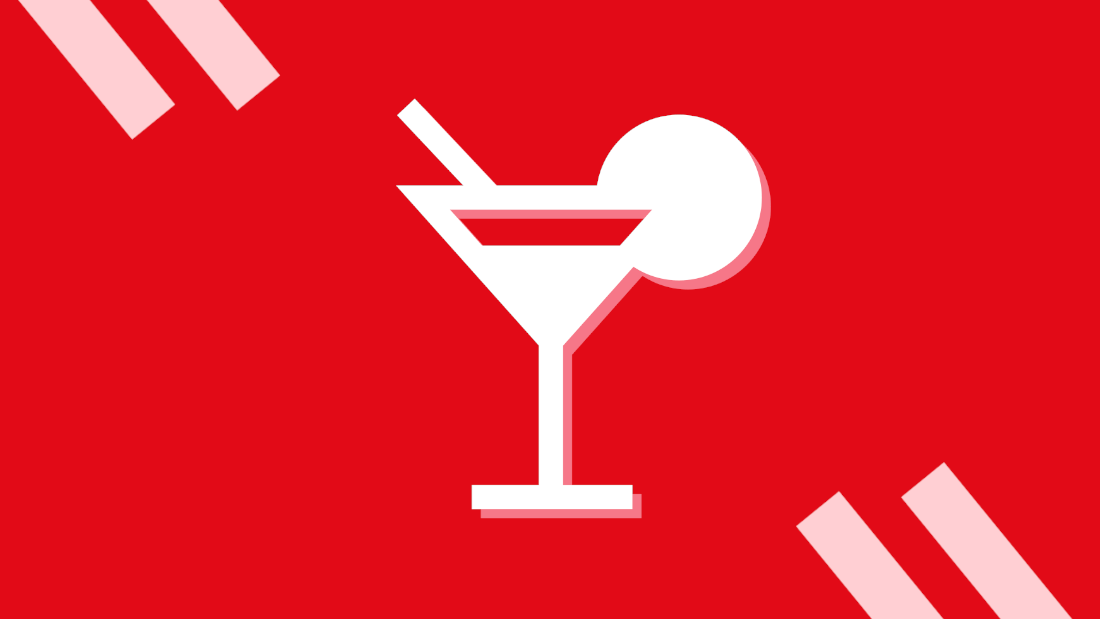When we talk about squiggly careers in design it’s not just about deskbound jobs. I learned a lot working in pubs and clubs, face to face with ‘service users’.
What got me thinking about this was a recent performance review at SPARCK. My squad lead gave me some unexpected feedback: apparently, I had a “natural ability to lead”.
They then asked me a question:
“Where do you think this ability to lead has come from?”
I’ll be honest and say this stumped me, and forced me to reflect on where, and how, I might have developed this skill. So, I mentally scanned my career path.
I haven’t always been a product designer. I retrained during the pandemic, in 2020.
Before then I had work various internships within the fashion industry. None of those experiences included any lead responsibilities.
But then I started to think about the work I did on the side and connected the dots.
I hadn’t found my feet in the fashion industry. The tendency to offer unpaid internships meant I couldn’t dedicate myself to that industry.
To pay my way as I studied and interned, I had worked in hospitality from the moment I left school in 2012 right through to 2020.
Customer service equals customer experience
Before the pandemic hit, I was working 60 hours a week as the assistant manager of a busy pub and nightclub in East London. The sheer number of hours I worked meant I had a wealth of experience in hospitality.
Initially, I’d overlooked it, as it didn’t seem relevant to my new product design career.
This sparked a memory of a mentor telling me to add this experience to my LinkedIn, suggesting that it was incredibly valuable. So I put this small paragraph on my CV:
“Responsible for payroll, stock and finance management and the wellbeing of the staff. Quick problem-solving skills and able to work under pressure in a fast-paced environment. Learned valuable customer service and business skills. Management of 20+ bartenders and team leaders.”
And there it is – my very real leadership experience.
I suddenly understood how naive I had been to not consider the extent to which I’d grown as a person while working in hospitality.
A crash course in user needs
I had come to London as an anxious 19-year-old and ended up helping to run a busy nightclub in the heart of East London.
My years at The Three Crowns were fantastic and are a huge part of who I am today.
The team relied on me to look after them and give them guidance on how to survive and succeed in a tough environment.
I was their go-to person on shifts that ran until 6am and were non-stop.
During my time in hospitality, I learned a significant amount about people’s individual needs. I also observed how the space around them can influence their decision making and reactions to the services they’re using.
I solved customer problems in real time against the backdrop of a very loud, busy nightclub, long after midnight.
Now I work in a team of designers to meet tight deadlines against a differently loud backdrop of business needs and technical constraints.
As we know, designing a service is not only about the digital design. It’s about looking at the service as a whole. That includes the real-world impact of the products we design, and the experiences users have before they reach us.
Hospitality truly was about working under pressure while delivering for the customer.
For example, I learned to research user needs and iterate the product. After all, I always wanted the next shift to run smoother than the last.
I did that by watching customer interactions with staff, listening to feedback, and interpreting their needs.
I learned a valuable lesson: every customer is different, and only by empathising with them can we deliver the best experience possible.
Designing for hospitality
I hope at some point to get chance to apply my design skills in a hospitality context, such as catering or hotels.
I’d love to do what I used to do informally as a bar manager with the weight of a user research team behind me – observing users, talking to them, and listening.



